Four Tips for Kiting in the Surf
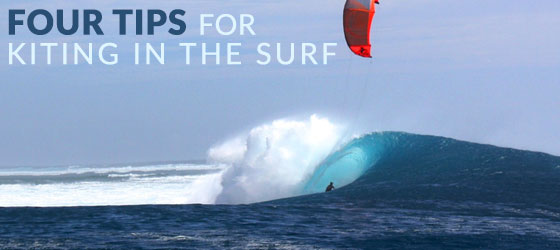
Kiteboarding in the surf is like stepping into the matrix and entering the next dimension. When you first learn to kiteboard you have to master the kite. Second, you need to control that power of the kite with the edge of the board. The third dimension is to use the power of the wave; and it is no easy task to juggle these three things. When done properly you will feel super human and have the time of your life.
Here are a few key tips for kitesurfing:
1. Understand the break:
Most people initially fail in the surf because the leave the beach and charge out into the waves just like they would in flat water. This leads to some epic disasters and very short sessions abbreviated by long swims in with all your gear.
Before kiting out into the surf, you need to observe where the waves are breaking and where the current is flowing. Waves break on the shallowest part of the sandbar or reef and focus all of their energy in that spot. You want to wait for the wave to break before charging out over it.
Once the wave breaks, all that water needs to go somewhere, so it pushes together til it finds a deeper channel. This can create a lot of downwind current and significantly reduce the wind speed your kite is feeling.
Understanding where the waves are breaking and where the current is flowing will keep your kite in the sky and you on your board.
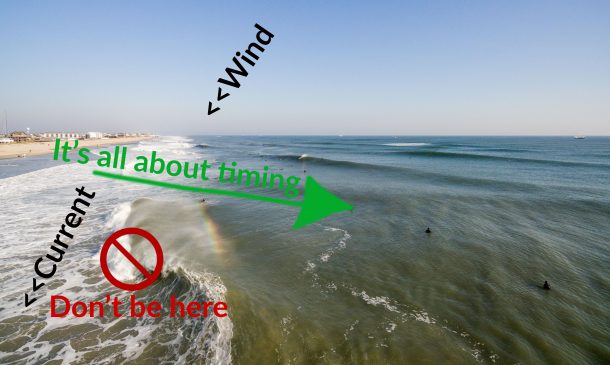
“When the wave breaks here, don’t be there.” -Turtle in The North Shore
2. Use the power of your kite:
When you are kiting in waves, the kite is king. If you keep the kite in the sky, you can use its power to your advantage. This is most relevant getting off the beach, duck diving waves and turning and burning away from the big one breaking out the back. While you are on the wave the kite can pull you out around a section and back on to the wave face. Surfing with a kite is cheating and despite never being able to surf like Kelly Slater, you might feel like you kitesurf pretty close.
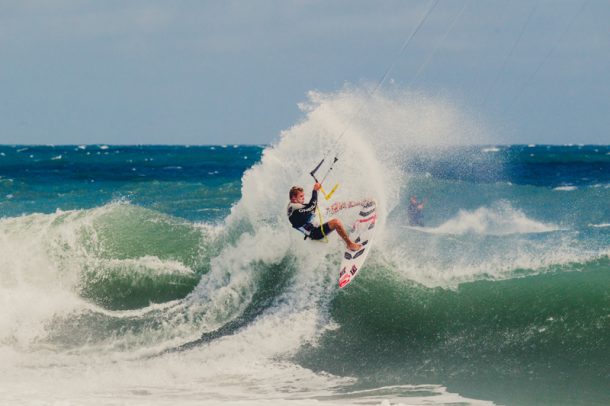
3. Speed is your friend:
Every time we see someone riding slow in the surf, they end up getting smashed and swimming in. It is intimidating riding out in the surf if it is not something you are comfortable with. Many people approach these situations with caution and want to ride slower. The problem is that if you are riding slow in an area that has a lot of current you will lose all the power in your kite. No power. You swim. Keep your speed and you will make your session a winner.
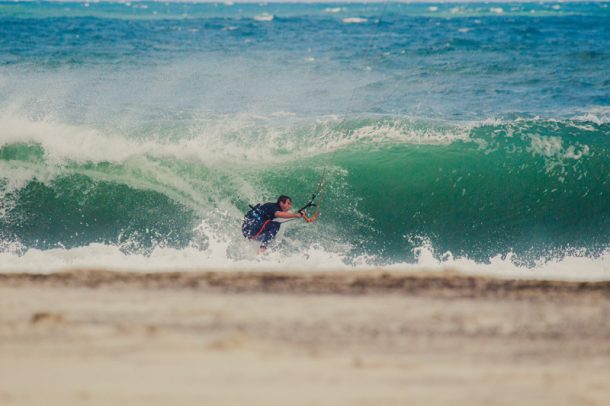
4. Don’t believe the hype:
With all the excitement about riding a strapless surfboard, some people are convinced they have to try kiting a surfboard their first time they are kiting the waves. Ride what you are most comfortable with so you have one less thing to think about. Riding a twin tip or strapped surfboard in the surf is awesome. Even a kiteboard with boots is a blast since you can throw huge buckets of spray. Don’t succumb to the peer pressure and ride what you know you will be successful with in the surf.
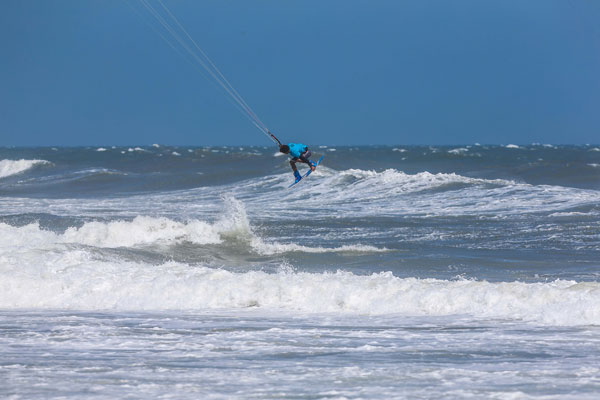
*Accelerate your learning curve: Sign up for a half-day or full-day, private or semi-private lesson in the surf with a REAL Kiteboarding Coach. LEARN MORE
“UNCUT II” Video Highlights Compilation – 2015 Cape Hatteras Wave Classic presented by Patagonia from REAL Watersports on Vimeo.

